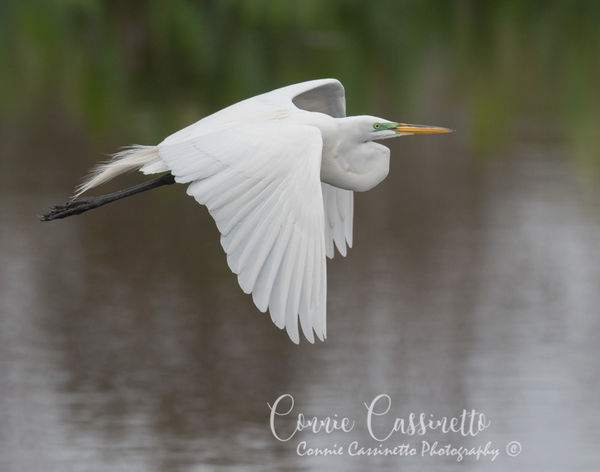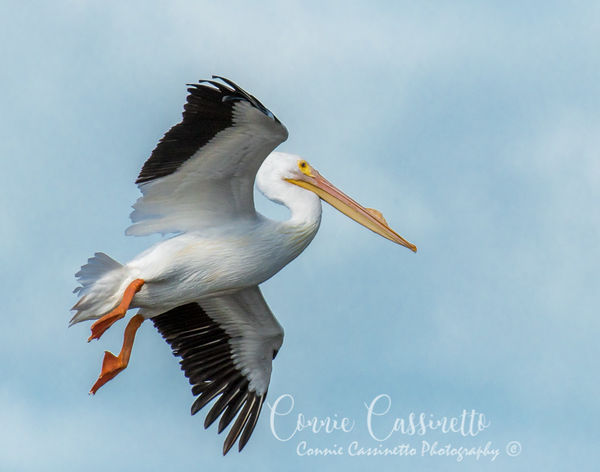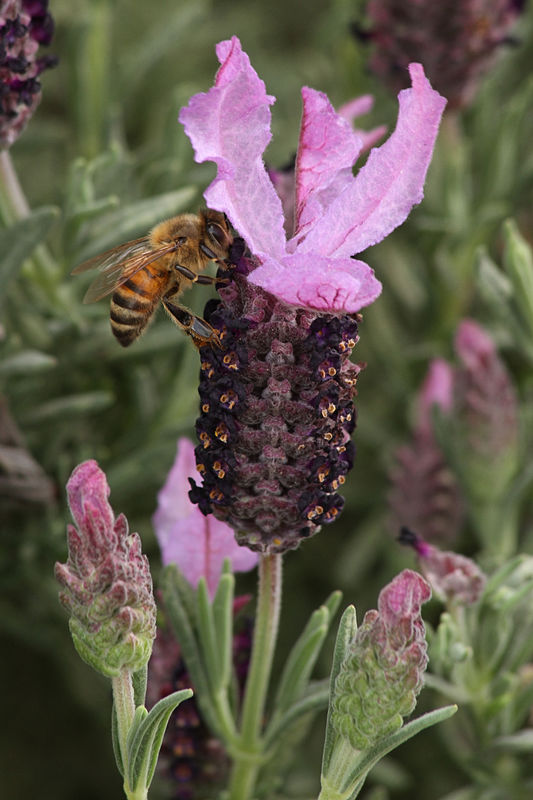White wash
Mar 8, 2017 13:41:08 #
harryh813 wrote:
I have the Canon 40d, was using manual mode with a... (show quote)
Hi Harry. Look into bracketing your shot (for that you will need to mount your camera on a tripod). Try HDR in post editing. All of this sounds like a good idea except wild life just wont stay motionless. LOL SOOO, use spot metering, using aperture priority ( for less DOF), high shutter speed, low ISO. Then its time for LR. In LR pull your "HIGHLIGHT" slider all the way to the left, and then you can work with exposure and whites. Keep trying.
Mar 10, 2017 11:02:23 #
harryh813 wrote:
I have the Canon 40d, was using manual mode with a... (show quote)
Hi Harry,
I just got back from shooting birds in Florida for about 10 days, you have some wonderful birds there. Shooting white can often be a challenge. It's about camera settings but also about where you shoot the image. Look for appropriate backgrounds to photograph the bird against and that will improve your photography greatly, try for a more lightly shaded area when shooting white if possible. Also, follow the bird the instant you see it and attempt to shoot the bird from the front and not the back end, this takes some practice (every photographer I know, including me, could print that "butt book). When I shot the birds in Florida I got many wonderful shots (and some really bad ones, too!) but I was always aware of the white on the bird and compensated for that. You can focus on the bird body or some other piece of white in the scene and set your exposure compensation to expose for the white, do this in advance of shooting. Take the first shot and check your histogram to ensure that your exposure is correct, the "blinkie" setting on your camera can help this. I used center weighted metering and this worked out very well: I used to use matrix (nikon speak) but read that center weighted worked better and so far, so good. You will most likely have to do some post processing on the scene to balance out the exposure. Keep shooting as practice helps a great deal in shooting birds in flight. Also, if you use LR to process and the image is sharp you can use the Transform tool to enlarge the image to fill more of the frame. I do this with almost all animals that I photograph and the images print just fine. Also remember that in digital photography you always expose for the highlights, but it does make a difference if you are shooting jpg and not RAW. With jpg you need to be more careful in your exposure setting as you cannot recover highlights as you can in RAW. I have included two birds shots from my recent trip. I loved shooting especially at the Wakodahatchee Wetlands, go there if you have not already done so. On the photos note that the backgrounds leave the bird as the main image and accent the bird in flight. Good luck.


Sep 28, 2017 01:49:30 #
speters wrote:
Meter on the bird, not the overall picture!!
What? And turn white to gray? Do you really know how to properly expose pure white with your camera, friend? It doesn't sound like it to me.
Sep 28, 2017 02:33:56 #
harryh813 wrote:
I have the Canon 40d, was using manual mode with a... (show quote)
My friend, both of these shots look soft across the entire frame, which could be the limit of the sensor, your settings, and ability. I've owned and shot the Canon EF 70-300 IS USM on a 7D and found IQ is excellent at f/8-f/11 at 300mm (when AFMA is calibrated). If it was me I'd set my camera/lens to 300mm, aperture priority w/+1/3-2/3 EV (known as shooting to the right), ISO 200-320, f/8 and shoot an 18% gray card with the same light the subject will receive. That will determine the best shutter speed for static creatures. Now I'd change the camera to manual mode and set everything there. You may want to up the ISO, so that you can get an acceptable shutter speed and definitely way up for birds in flight as you'll be panning to keep it in frame. I shoot almost everything this way in RAW + JPEG, but can hand-hold at 300mm at 1/80th and here's one at that up close below shot in JPEG and PP and cropped. More movement of the subject and farther distances necessitate fast shutter speeds meaning you must up the ISO.
If you want to reply, then register here. Registration is free and your account is created instantly, so you can post right away.



